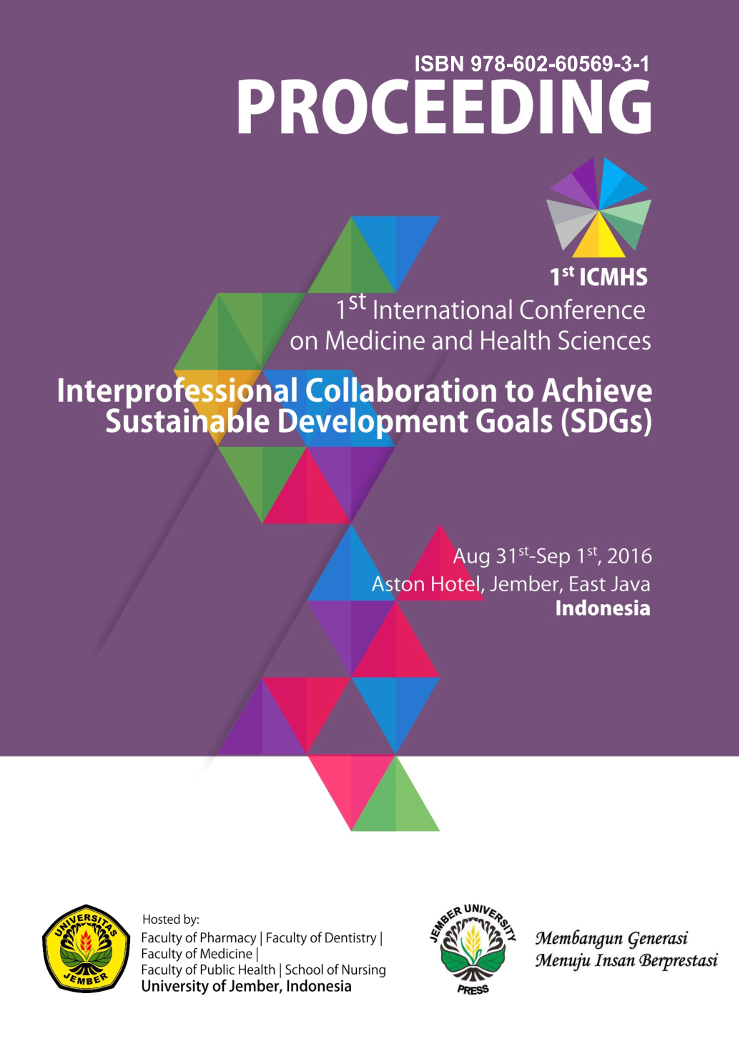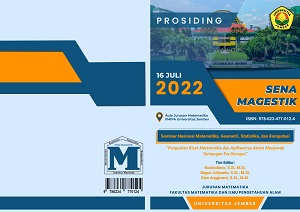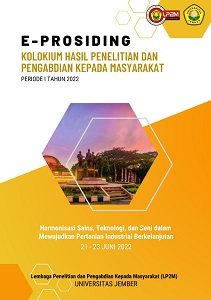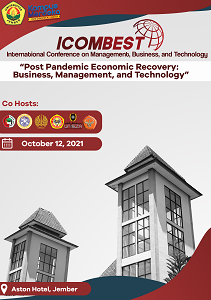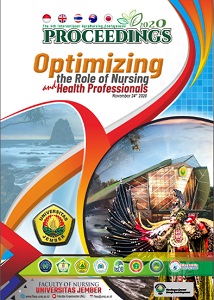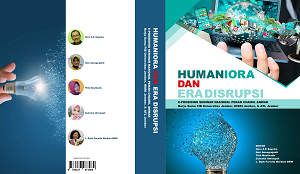ROBUSTA COFFEE BEANS DECREASE OF INFLAMMATION IN DENTAL CARIES
Abstract
The coffee plant is one commodity that is developedin kabuapaten Jember. Coffee chemical constituents,
such as flavonoids, xanthine, antioxidants, alkaloids,
polyphenols may serve as anti-inflammatory,
antibacterial, platelet aggregation. Polyphenol
bioavailability of coffee has also been studied.1.2.3
While Namboodiripad, K. Srividya (2009) proved
their coffee inhibition zone against S. mutans. The
immune response of dental caries among others
related to cytokines are expressed odontoblast layer,
such as IL-1β, IL-1α and TNF-α.4.5 Thus it is said that
coffee is thought to inhibit dental caries by means of
modulating the immune response. This ni
accordance with the Decree of the Minister of State
for Research and Technology of the Republic of
Indonesia Number: 02 / M / Kp / II / 2000 on
Development and Engineering for National
Development (JAKSTRA 2000-2004) in the field of
dentistry which has two areas of research focus
include health field for prevention and treatment of
diseases and new materials related to ceramics,
polymer composites, engineering materials
(materials science and engineering), as well as new
material derived from ingredients that are natural.6
One of the natural ingredients that are known to
everyone is coffee. Where coffee is one of the
excellent programs that can improve the
performance of Jember University's Strategic Plan.
This type of coffee is widely known in Indonesia
there are three kinds, namely Arabica, Robusta and
Liberika. In general, farmers grow robusta, because
in this type of coffee has more superior properties,
so it is very fast growing. Even the coffee is the
dominant species of coffee plantations in Indonesia.
In addition, it contains prolifenol Robusta coffee,
caffeine and chlorogenic acid, which is higher than
the other coffee types. Currently, the production of
robusta coffee production reached third copies
worldwide.7.8 Coffee brews are very widely
consumed in the world due to their pleasant flavor
and taste as well as for their stimulating effect on
the mental and physical activities. Several years ago,
in California, a research conducted by Takayuki
Shibamoto, a professor of environmental toxicology,
found that freshly brewed coffee contains potent
antioxidants equal to the amount found in three
oranges. Antioxidants in general have been linked to
a number of potential health benefits, including
protection against heart disease and cancer,
protection against liver and colon cancer, type 2
diabetes, and Parkinson's disease..9 Coffee chemical
constituents, such as flavonoids, xanthine,
antioxidants, alkaloids, polyphenols may serve as
anti-inflammatory, antibacterial, platelet
aggregation.1.2.3 Roasted coffee also has antiadhesive
properties which prevent adhesion of S.
mutans and other harmful materials on the teeth
and whiten teeth.4 Previous research by a team of
other researchers of Excellence coffee beans for the
treatment of cancer of the oral cavity, an article on
Potential immunomodulatory coffee beans to dental
caries and the potential immunomodulatory Robusta
beans to dental caries.10.11.12 In this study Robusta
beans made in the form of pasta because pasta
Shape is the most popular because it can be easily
used and harden quickly.
Capping pupa is one of the more conservative
treatments to prevent dental caries has been on the
pulp or pulp exposure due to mechanical factors.
Interest Capping pulp to maintain the vitality of
dental pulp. Pulp tissue is important in the formation
of secondary dentine and reparative dentin in
response to biological and pathological stimuli.
Capping pulp is the application layer or the
protective material or materials for treatment over
an open pulp, such as calcium hydroxide which will
stimulate the formation of reparative dentin.13
Capping pulp after the treatment, the healing
process will occur in the pulp tissue covering the
inflammatory response, collagen formation and the
formation of new dentin. Inflammatory response
should occur as a sign of the host defense. Acute
inflammation occurs a few minutes, hours or days,
while chronic inflammation occurs after acute
inflammation. Inflammatory played by inflammatory
cells such as PMN (polymorphonuclear,
mononuclear cells (monocytes, macrophages,
lymphocytes, mast cells, plasma cells). PMN are cells
leading that respond to injury and most frequently
Proceeding ICMHS 2016 ISBN 978-602-60569-3-1
174
seen in inflammation. These cells react in the early
stages of inflammation (acute) up to 28 hours,
followed by macrophages, lymphocytes and plasma
cells (chronic).14 Chronic inflammation is said to be
the beginning of the healing process. Although the
response innate was important in inflammation, but
an adaptive response also plays a role, because
cytokines were producted by T cells induce
inflammation. To obtain optimal care, the necessary
understanding in depth about how the composition,
antibacterial properties, biocompatibility, effect on
dentin and pulp as well as the technique of using a
resin adhesive as a material Capping pulp directly. In
handling damage teeth, either by decay or trauma,
maintain vital pulp tissue remains the most
important things to be done by a dentist because of
the non-vital teeth, the teeth tend to be susceptible
to fracture. The development of the field of
conservation science teeth adapted to the
development of basic science related and
technological advances applied which is the
development of science in the field of clinical
(clinical science). Dental conservation therapy aims
to maintain its position of teeth as long as possible in
order to work longer. This objective can be achieved
by treating the hard tissue or soft tissue of a tooth to
tooth structure back to normal, or at least close to
normal.15
Published
2017-01-27
How to Cite
DEWANTI, I Dewa Ayu Ratna et al.
ROBUSTA COFFEE BEANS DECREASE OF INFLAMMATION IN DENTAL CARIES.
UNEJ e-Proceeding, [S.l.], p. 173-176, jan. 2017.
Available at: <https://jurnal.unej.ac.id/index.php/prosiding/article/view/3857>. Date accessed: 24 apr. 2024.
Section
General

